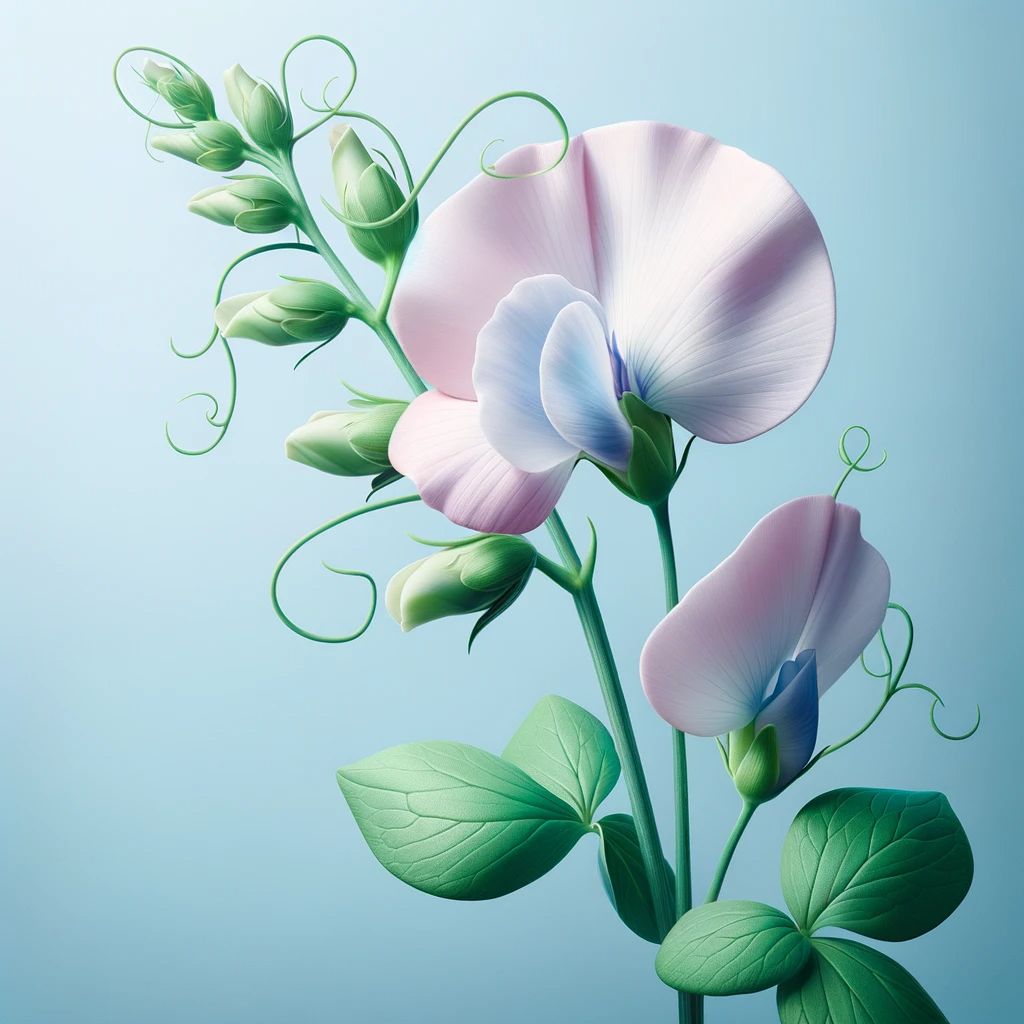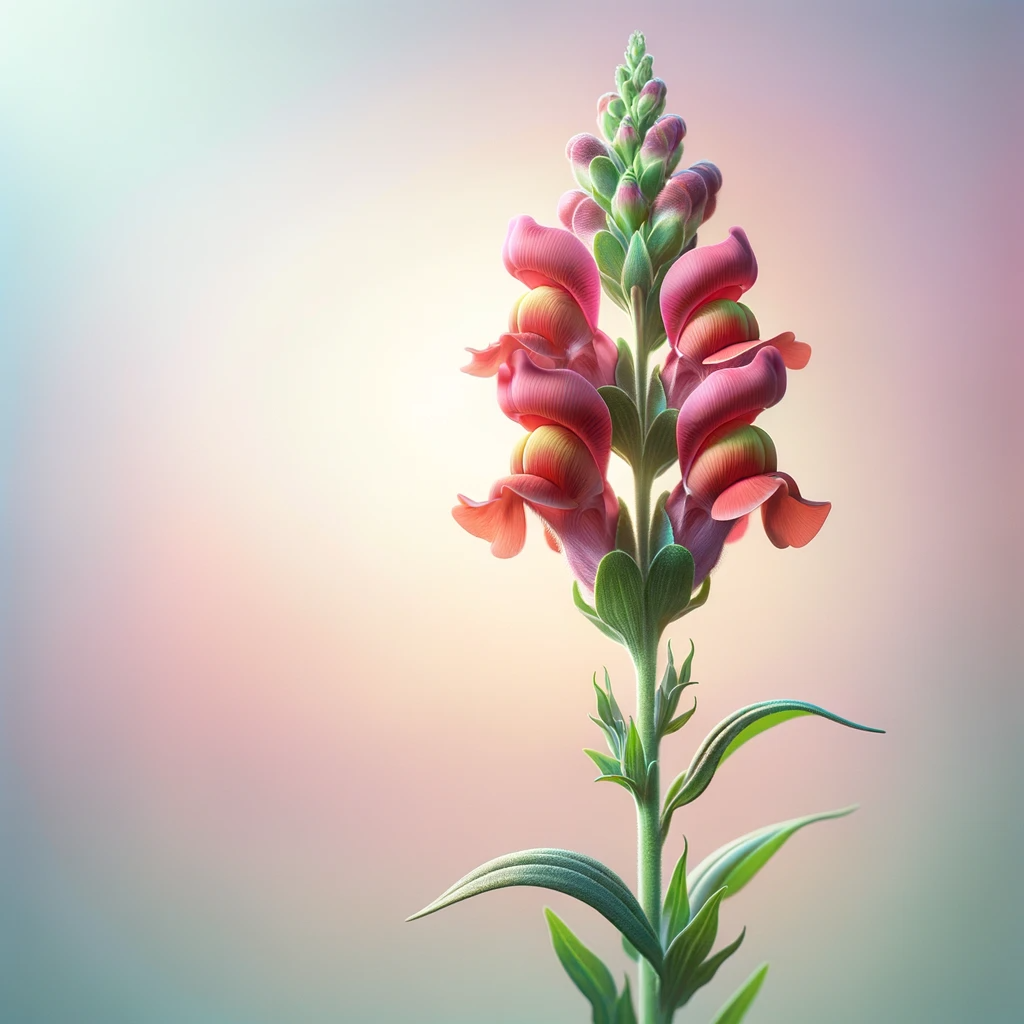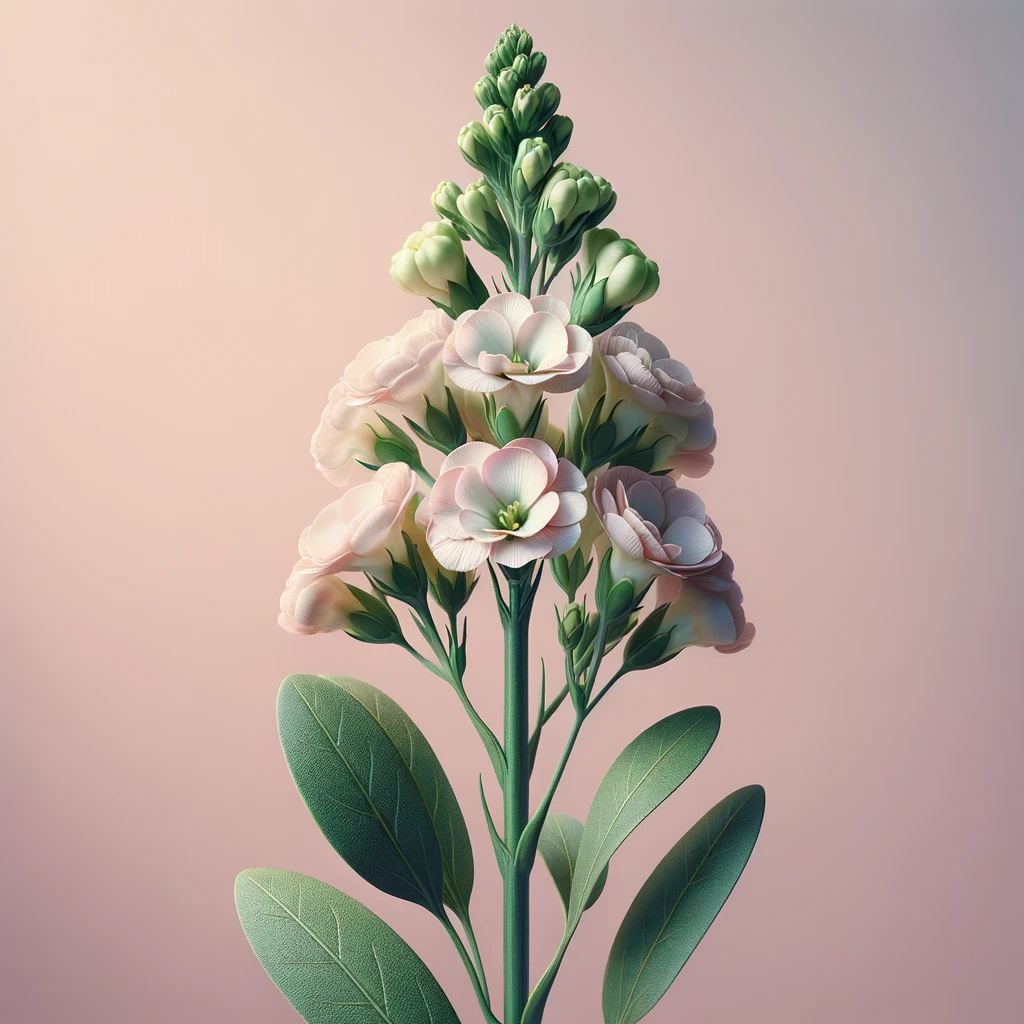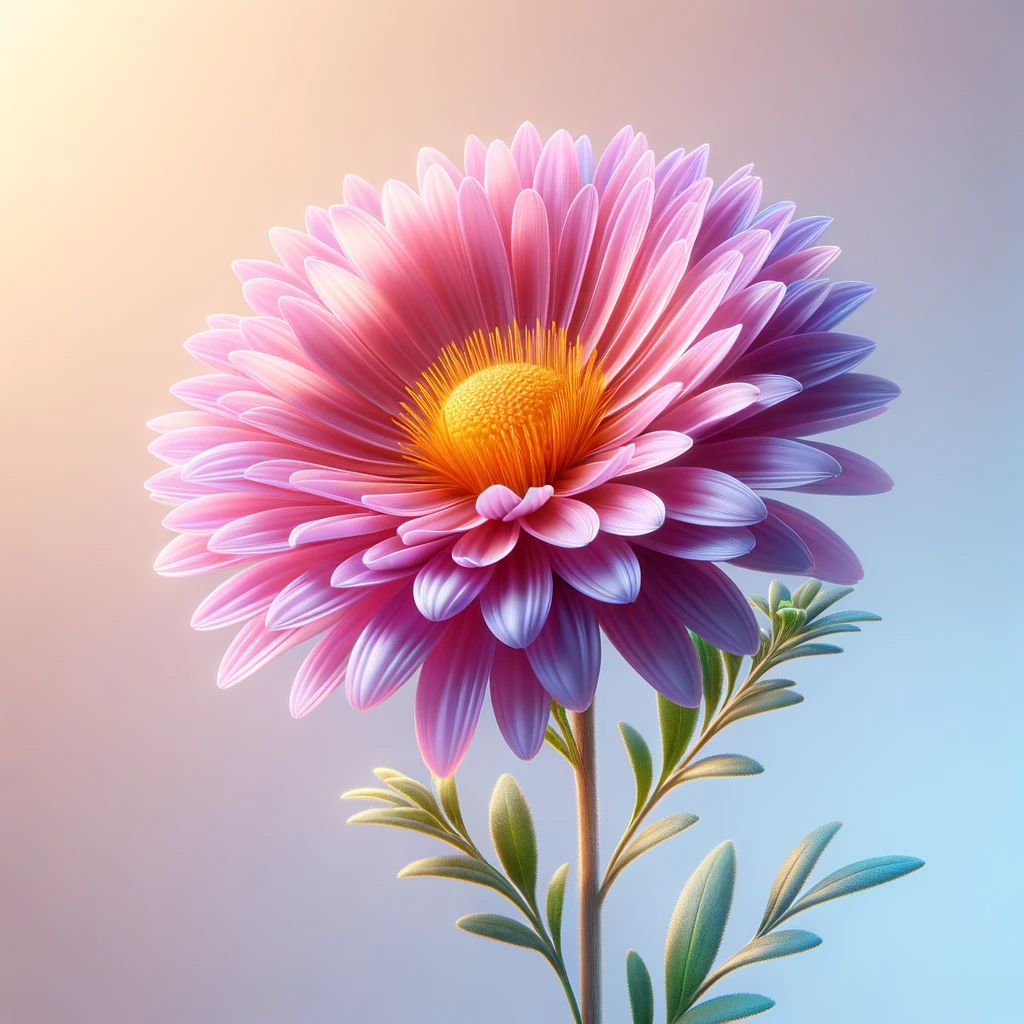Entering the world of flower farming can feel daunting, but the glorious beauty of a blooming field will make it worth your while. If you’re looking to make this exciting venture into floriculture, we’ve compiled a list of ten flowers that are perfect for flower farmers just starting out. Let’s grab our seed catalogues and get started!
1. Sunflowers

Sunflowers are our #1 pick for the best flower for a beginner flower farmer to grow – for more than one reason.
Sunflowers are one of the easiest-to-grow cut flowers. The seeds are big and easy to handle, and they’re very low-maintenance – they’ll do well even in poor, dry soil. Our first year farming, we really struggled with poor soil quality and irrigation. While many plants suffered, our sunflowers thrived!
Sunflowers grow FAST. Depending on the variety, you can go from seed to bloom in as little as 50 days. This makes them a convenient choice to grow in the place of spring flowers like tulips when the heat comes.
You can succession plant them. Because they grow so quickly, you can grow successions and enjoy stems all summer long. You can use a tool like Bloom Manager to plan out succession planting, and easily determine when to plant the next batch for continuous blooms.
Customers love them. It’s no surprise that sunflowers are one of the best-loved flowers among flower farm customers. Whether you’re selling bunches, arrangements, or in bulk, there’s usually strong demand for sunflowers.
There are many specialty varieties. The one thing customers love more than sunflowers? Specialty sunflowers. From branching varieties, to extravagant colours and textures, there are many to choose from.
2. Zinnias

These bright and beautiful flowers come in an array of colors and are fairly low maintenance, making them perfect for beginner flower farmers. However, their best feature is their productivity – pumping out blooms from early summer until frost.
Hardy and Tolerant: Zinnias are resilient flowers that can tolerate a range of soil types, although they do best in well-drained soil. Their relative hardiness makes them a good choice for those still optimizing their soil conditions.
Quick to Bloom: One of the advantages of zinnias is their fast maturation. Generally, they can go from seed to bloom in as little as 60 to 70 days. This quick turnaround can help you quickly fill gaps in your offerings.
Cut-and-Come-Again: Unlike other flowers that might require succession planting for a steady supply, zinnias are ‘cut-and-come-again’ flowers. This means that when you cut a zinnia flower, more blooms will grow back in its place, providing a consistent and plentiful supply throughout the season until frost.
Customer Appeal: Zinnias offer a burst of color and variety. Their diverse palette makes them highly marketable and an excellent addition to mixed bouquets.
Variety Choices: From the small, button-like varieties to the large, dahlia-flowered ones, zinnias come in a variety of shapes and sizes. This allows for creative and diverse arrangements, satisfying a range of customer preferences.
3. Marigolds

Marigolds are a great addition to any beginner’s garden. Not only do they add a pop of bright color, but they’re also pest deterrents, making them a dual-purpose flower that is easy to grow and care for.
They are forgiving growers. Marigolds are tolerant of a wide range of soil conditions, including poor, sandy soils. This makes them as resilient as sunflowers when it comes to soil quality. Even if you are still figuring out the best soil amendments and irrigation techniques, marigolds are likely to forgive your beginner’s mistakes.
They have a rapid growth cycle. Similar to sunflowers, marigolds also have a relatively quick growth cycle. Many varieties can go from seed to bloom in 50 to 60 days, allowing you to have continuous, vibrant blooms throughout the growing season.
Succession planting made simple. Given their rapid growth, marigolds are perfect for succession planting. You can set up a similar schedule like you would for sunflowers and expect continuous production.
They’re an old favourite. Marigolds are cherished not just for their vibrant orange, yellow, and sometimes red hues, but also their distinctive scent and old-fashioned look.
They’re not just yellow. Marigolds come in a plethora of varieties that can add texture and depth to any bouquet or arrangement. With different colours and sizes now available, you have a wide array to choose from to meet your local customer demands.
4. Cosmos

Cosmos is our #1 pick for a filler flower, and a fantastic choice if you’re after a flower that can survive in less-than-ideal soil. They are drought-tolerant, bloom generously, and come in various colors and heights.
Adaptable Soil Preferences: Cosmos are highly adaptable and can grow in a variety of soil types, including poor, sandy, and drought-prone soils. While they prefer well-drained soil, they’re quite forgiving if your land isn’t perfectly conditioned yet as a new farmer.
Swift Growth: Generally, Cosmos take between 65 to 75 days from seed to first bloom, making them a relatively quick option for filling in seasonal gaps or for last-minute market opportunities. Plus, they’re an unbeatable filler flower.
Minimal Care Required: Cosmos are relatively low-maintenance. They are drought-tolerant and generally resist most common pests and diseases. This makes them an excellent choice for organic or low-input farming systems.
Non-Stop Blooms: One of the appealing aspects of Cosmos is their long blooming season. Once they start, they’ll continue to bloom until the first frost, providing a consistent supply of flowers.
Customer Love: With their daisy-like appearance and a range of colors from white and pink to deep maroon, Cosmos are popular among customers for their versatility in arrangements and bouquets.
Variety in Forms: Cosmos come in both single and double-bloom varieties, offering a chance to diversify your floral lineup.
5. Dahlias

While not the easiest flower to grow on this list, their multiplicity of shapes, sizes, and colours make Dahlias one of the most popular cut flowers among customers. These beauties love sunny spots and are a brilliant way to keep color in your arrangements until frost.
Customers love, love, love them: Dahlias have a very high market appeal due to their intricate petal arrangements and vibrant colors. They can serve as the centerpiece of any bouquet, adding a ton of value to your floral arrangements.
Variety Galore: The options are almost endless when it comes to Dahlia varieties. From the smaller ball dahlias to the large, dinner-plate-sized blooms, there are varieties to suit every need and aesthetic preference.
They’re a workhorse: Dahlias, like zinnias, are a cut-and-come-again variety. This means that a single plant can pump out a surprising number of stems from mid-summer until frost. The more you cut, the more blooms will come.
6. Sweet Peas

While Sweet Peas might seem a bit demanding at first glance, they offer unique advantages that make them worth the extra care, especially for beginners who are willing to put in a bit more effort:
Distinctive Scent: One of the standout features of Sweet Peas is their captivating fragrance. This can add a unique selling point to your flowers, differentiating you from competitors who offer more common, scentless blooms. Even adding a stem or two to a larger arrangement can make all the difference!
Color Diversity: Sweet Peas come in a myriad of colors, from whites and pastels to vibrant reds and purples, offering an opportunity to create diverse and appealing bouquets.
Consumer Demand: The unique aroma and classic beauty of Sweet Peas make them highly desirable in the market. If you’re looking to command a higher price point for your bouquets, Sweet Peas can be a great addition.
Seasonal Flexibility: Sweet Peas are versatile when it comes to planting seasons, thriving in the cooler parts of the year. This makes them a good option for filling in your flower calendar during times when other popular blooms may not be in season.
7. Snapdragons

Snapdragons are sturdy and prolific flowers, adored for their bright, tall blooms. They offer a great deal of variety in color, size, and grow rather quickly, allowing you to rotate several harvests in a season.
Robust Growth: Snapdragons are relatively hardy and can tolerate a range of soil conditions. While they prefer well-drained soil, they’re forgiving enough to thrive in less-than-ideal settings.
Cool-Weather Friendliness: One of the benefits of Snapdragons is their ability to thrive in cooler temperatures. This makes them an excellent choice for extending the growing season, especially in spring and fall.
Consumer Appeal: With their unique, dragon-mouth-shaped flowers and a range of colors—from pastels to vibrant hues—Snapdragons are highly marketable. They add visual interest and height to bouquets, making them popular among customers.
Low Maintenance: Generally, Snapdragons are resistant to most common pests and diseases, which means less time spent on troubleshooting and more time on other aspects of your business.
8. Stock

If you’re venturing into the cut flower farming world and are on the lookout for an easy-to-grow and marketable option, Stock should be at the top of your list. Known for its fragrant blooms and delicate colors, Stock ticks a lot of boxes for beginners. Here’s why you should consider growing Stock in your flower farm:
Exceptional Fragrance: One of the standout qualities of Stock is its sweet, clove-like scent, adding an olfactory dimension to your bouquets that customers will appreciate.
Thrives in Cooler Weather: One of the key advantages of Stock is its affinity for cooler weather. This makes it an excellent choice for extending your growing season, either at the beginning in the spring or at the tail end in the fall.
Wide Color Palette: Stock comes in a variety of hues ranging from white and cream to pink, red, and even purple, offering flexibility in bouquet designs and a steady demand from customers.
9. Asters

If you’re just getting your feet wet in cut flower farming and are in search of a resilient, versatile, and marketable flower to round out your offerings, look no further than Asters. Here’s why these favorites are a smart pick for those new to the game:
Extended Blooming Season: One of the best features of Asters is their late-season bloom. When most other flowers are winding down, Asters come into their own, offering vibrant colors from late summer into the fall.
Low Maintenance: Asters are relatively easy to care for and are resistant to most common diseases and pests. They can grow in a range of soil types, although they do best in well-drained soil.
Colorful Range: Available in hues from white to pink, purple, and blue, Asters offer a beautiful palette for creating eye-catching bouquets and arrangements.
Drought Tolerance: Once established, Asters are relatively drought-tolerant, making them an excellent choice for locations with less reliable water supply.
Marketability: With their daisy-like appearance and the late-season blooms, Asters are often in high demand for fall bouquets and arrangements, setting you apart from competitors who may not offer late-season flowers.
10. Bachelor’s Buttons

When it comes to absolute ease of cultivation, few flowers can match Bachelor’s Buttons. Also known as Cornflowers, these vibrant blooms are practically tailor-made for beginners in the cut flower farming industry.
Simplicity in Sowing: Bachelor’s Buttons are incredibly easy to sow directly into the ground, eliminating the need for transplanting seedlings. This saves time and minimizes the room for error, making them an ideal choice for those who are new to gardening.
Low Investment, High Reward: Given their ease of growing and minimal requirements for soil quality and care, Bachelor’s Buttons offer a high return on a low investment, both in terms of time and resources.
The Perfect Filler: Sometimes, you just need a splash of colour to add to arrangements. Bachelor’s Buttons are the perfect flower to fit that need.
Streamlining Your Flower Farming Venture
Getting your flower farm off the ground need not be an uphill battle. Harness technology on your side with tools like Bloom Manager. This free, all-in-one planning platform, designed especially for flower farmers, aims to make your flower farming journey as smooth as possible.
From automatically generating your schedule to customize each flower’s specific needs to helping you stay on track with daily tasks, Bloom Manager does all the heavy lifting for you. This allows you to put more focus into the flowering beauties budding in your garden.
Petal-Perfect Conclusion
Embarking on the journey of flower farming is an exciting endeavor. And with these ten easy-to-grow flowers on your list, you’re well-positioned for a solid start. Each plant you nudge into bloom brings you one step closer to seeing your dream farm bursting with color and life. Make use of tools like Bloom Manager to manage your garden, keep it blooming, and watch your flower farm flourish. Happy farming!
